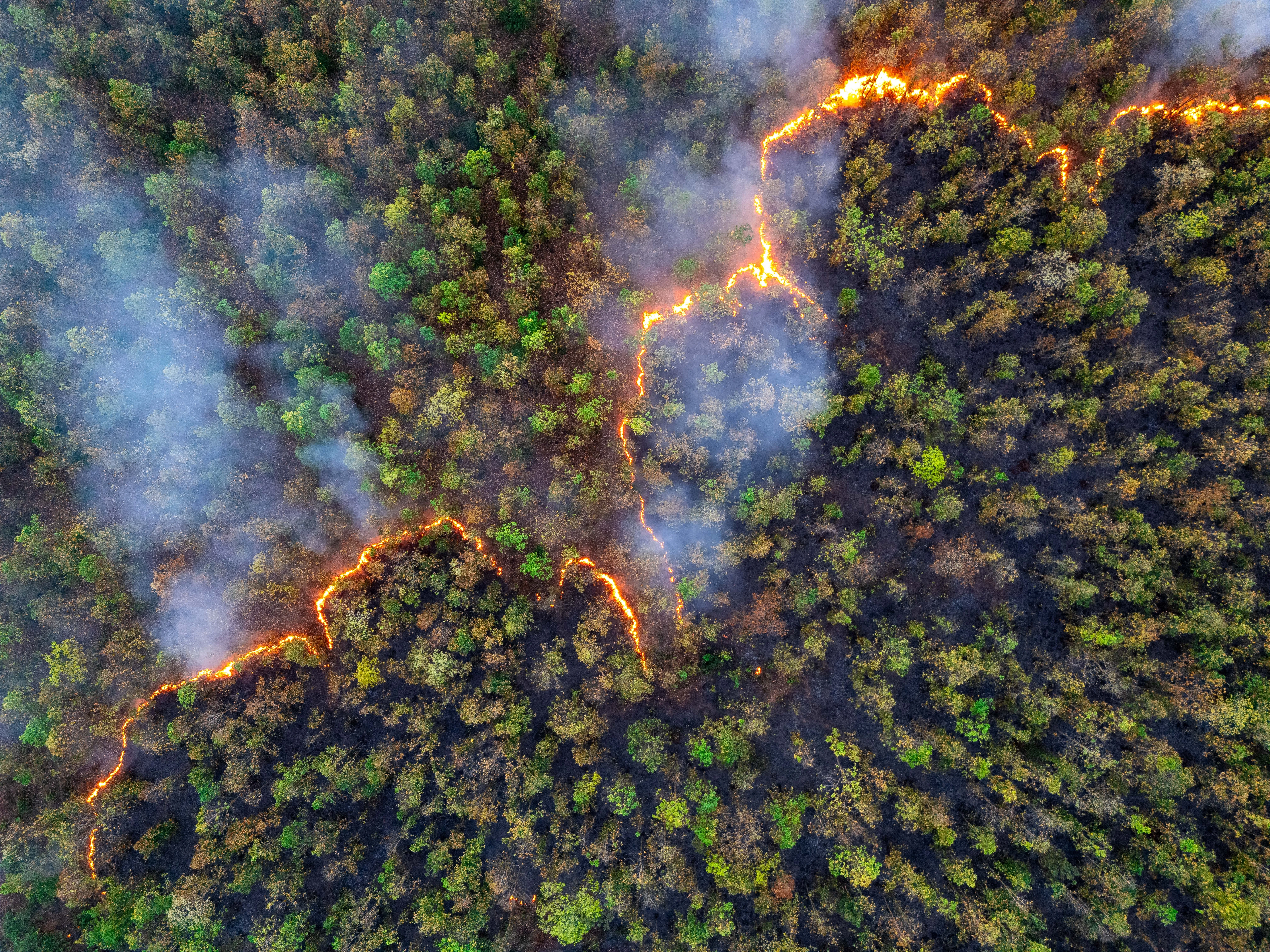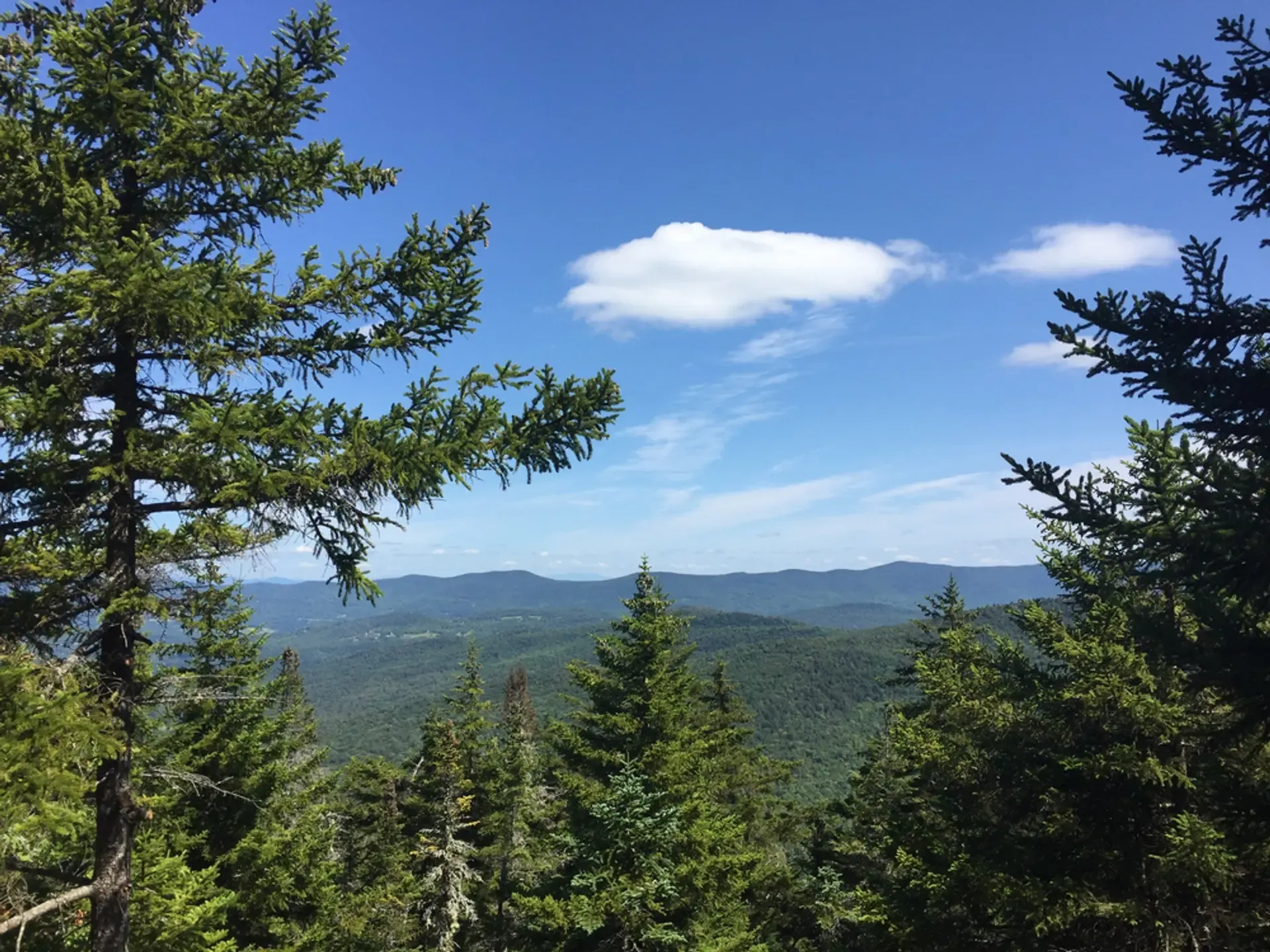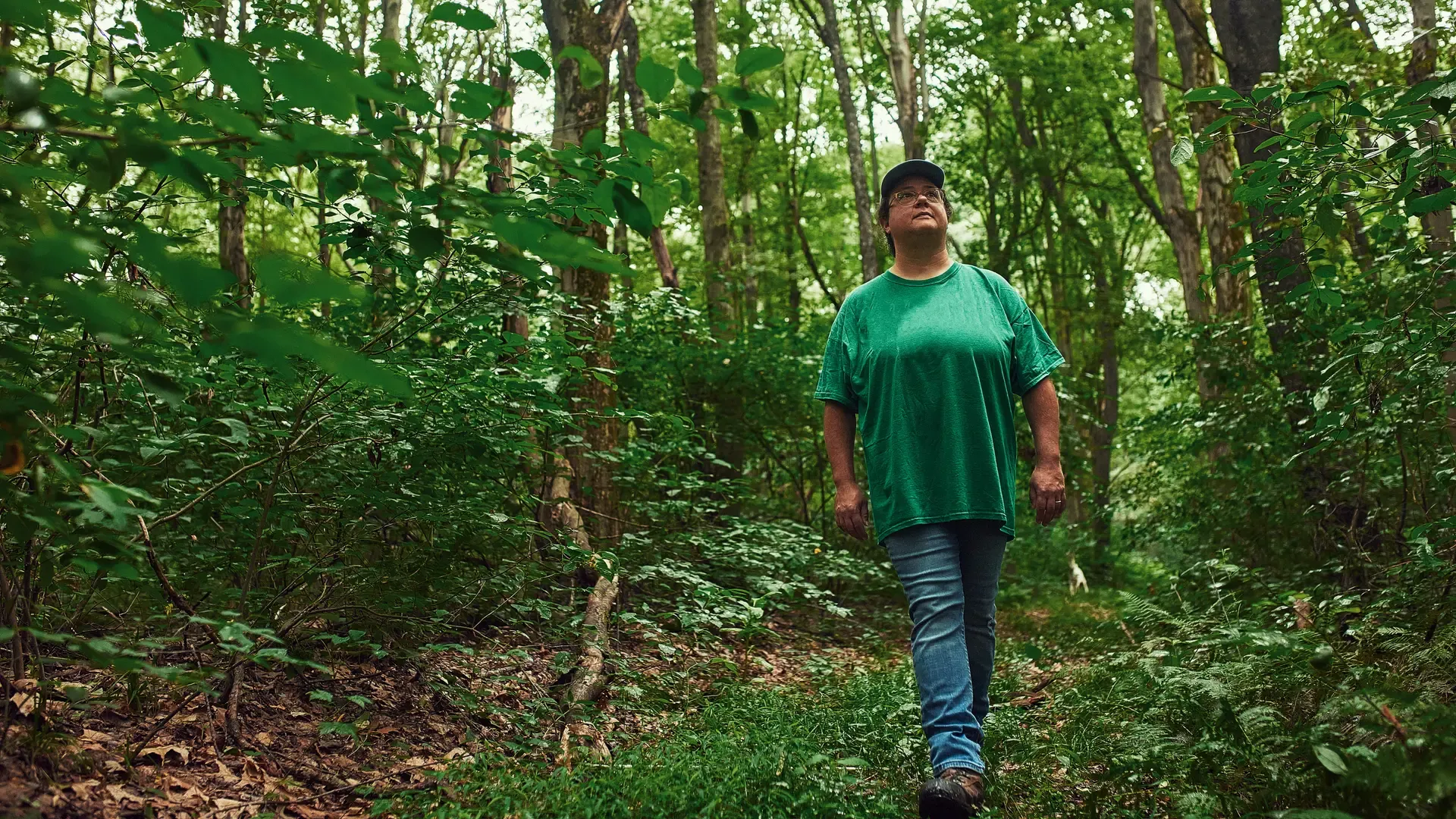Wildfire Mitigation
Equipping family landowners to protect lives, livelihoods, and landscapes in the face of catastrophic wildfire.
Wildfires are ravaging our communities, forests, economies, and livelihoods.
Catastrophic wildfires threaten lives, water supplies, infrastructure, and rural landscapes and economies. Wildfires burned nearly 9 million acres of land in the United States in 2024. Nearly half of those acres burned were privately held, oftentimes by family forest landowners. These fires often originate on or cross private lands, yet the resulting destruction—insurance payouts, taxpayer-funded suppression, health costs, and infrastructure damage—is shared widely by the public.
Family-owned forests play a critical role in reducing wildfire risk and severity, protecting American lives, livelihoods, and landscapes.
We cannot win the fight against wildfire through treating public lands alone. Family forests, the lands that often border populated communities, are the first line of defense against the devastation that wildfires bring to towns, cities, and critical infrastructure. Science-based restoration of family-owned forests plays a critical role in reducing wildfire risk and severity – protecting American lives, livelihoods, and landscapes.
But family forest owners alone can’t solve this on their own. Treating forests for wildfire resilience and mitigation is extremely expensive; in California alone, treatment can cost up to $5,000 per acre. Family landowners cannot cover the expenses needed to make a meaningful impact against wildfires. Traditional forms of funding are insufficient to address the wildfire crisis at this catastrophic scale.
We need to unlock public and private investment in family lands to protect our forests and communities.
Wildfire treatments, while important for family landowners to keep their forests intact, are expensive, difficult, and do not provide any additional revenue streams for rural Americans. This makes incentivizing landowners to pay for and implement treatments a major barrier to wildfire mitigation strategies for all woodlands.
AFF equips family forest owners with the tools and support they need to reduce catastrophic wildfires and improve the health and resilience of their lands to better protect their forests and our communities.
Since 2018, AFF has worked with hundreds of family landowners to provide wildfire treatments on 30,000 acres of forests across the Western region of the United States. Through intentional and strategic coordination with state, local, and federal partners, AFF is creating innovative solutions to create a stack of catalytic public funding, private sector investment, and unlocking capital from traditional and emerging markets to overcome the financial barrier for family forest owners to effectively tackle the wildfire crisis.
Interested in learning more about our wildfire work?
Contact Jillian Dyszynski, Director of Market Development, at JDyszynski@forestfoundation.org.
Related Articles

October 17, 2025
Family Forests: the Missing Link to Solving the Wildfire Crisis
Family forest owners steward the majority of U.S. forests near where people live. They border populated communities like towns and cities, making them the first line of defense for millions of people and critical urban infrastructure. This makes family forest owners invaluable partners in the fight against catastrophic wildfire. Many of these landowners have already stepped up to restore their lands and protect their neighbors, and this population is poised to contribute in even greater ways, if given the right tools and support.

April 22, 2022
What We Can Save by Reducing the Wildfire Threat Across Public and Private Land in the West
To help ignite the scale of investment needed to tackle the wildfire issue, AFF partnered with Risk Management Solutions to develop a replicable approach to quantify avoided losses from wildfire to residential, commercial, and industrial infrastructure.

March 27, 2025
Statement: Disaster Reforestation Act Will Help Family Forest Owners Recover
Currently, family forest owners cannot recoup the value of their timber lost in natural disasters, making it that much harder for these owners to reinvest in the recovery of their forest. The Disaster Reforestation Act aims to fix this by amending the tax code to allow forest owners to deduct the market value of their timber destroyed by natural disasters.

January 23, 2025
Resilience & Recovery: The Role of Family Forests When Disaster Strikes
Forests play a critical role in keeping our lands more resilient when disaster strikes, which can lessen negative impacts on local communities, infrastructure, and economies. This makes it essential to protect the health and wellbeing of this natural resource before natural disasters.